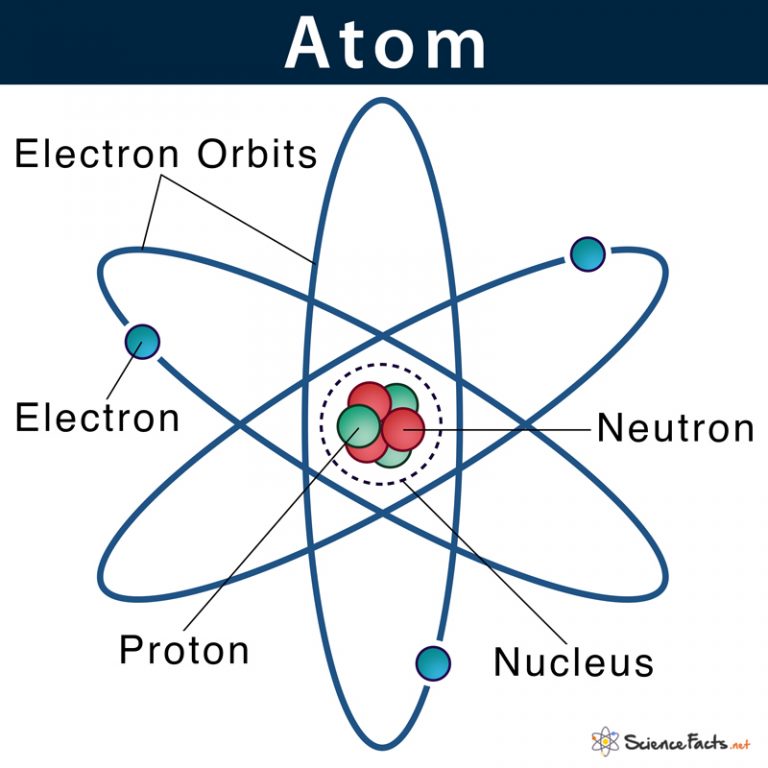
but it doesn’t do that for the first task in a newly added project.
#ATOM TASKPAPER SERIES#
When you’re adding a series of tasks to a project, Drafts helpfully inserts the tab-hyphen-space at the beginning of the line. With the upload/download actions out of the way, let’s move on to the actions that manipulate the lists themselves. I’m not sure when padStart was added to JavaScript, but it wasn’t there the last time I decided it worth buying a JavaScript reference book. Line 10 uses the padStart function to add a leading zero to single-digit months. The + 1 in Line 9 is there because JavaScript counts months starting from zero. To me, the most interesting part is handling the month number in Lines 9 and 10. Here’s the script step for Reload Dated: javascript:ġ: // Get TaskPaper file for current month and set the draft to it.Ħ: // Assemble filename from today's date.Ĩ: var yr = today.getFullYear().toString() ġ1: var filename = path + yr + '-' + mo + '.taskpaper' ġ3: // Get the file from Dropbox and set draft to it. Drafts doesn’t have a handy-dandy action for opening from Dropbox, but it does have a library of JavaScript functions for dealing with Dropbox files. The Reload Dated action (which appears as Reload in the keyboard row) does the opposite, opening the appropriate file from Dropbox and replacing the current draft with its contents. The file name is set using template tags for the current date, and the action overwrites whatever is in that file with the contents of the current draft. The Upload Dated action (which appears as just Upload in the keyboard row) has just a single Dropbox action, reflecting the file name and folder choices: The current month’s task list is saved in a file named yyyy-mm.taskpaper in the Elements/tasks subfolder of my Dropbox folder, 1 where yyyy and mm represent the current year and month. I need this because I still edit this list on my Mac, so having it exclusively in Drafts isn’t an option.
#ATOM TASKPAPER DOWNLOAD#
Let’s start with actions that upload and download my current monthly task list.

But I hope that even the actions that aren’t immediately useful to you will help you develop your own. If you’re a TaskPaper user, some of them will be useful to you and some of them won’t. The actions in the group I made are tuned to my use. Be warned: by “common” I mean “common to me.” TaskPaper is a very flexible format, and I know a lot of people do things with it that I don’t. I created an action group that lets me do common manipulations of TaskPaper lists in Drafts. Out of the box, it understands the project and task syntax and formats them nicely, including a strikeout for tasks marked with the tag. As a result, I’ve been doing almost all of my TaskPaper tracking on the Mac, which isn’t the best way to keep on top of things, especially when I’m traveling.īut with a little bit of work, Drafts 5 can become a great TaskPaper app. Unfortunately, Jesse stopped supporting his iOS TaskPaper app, and I haven’t thought much of replacements like Taskmator. Jesse Grosjean of Hog Bay created the TaskPaper format, and his app is still the best for creating and organizing TaskPaper documents. On the Mac, I use Hog Bay Software’s TaskPaper app. In this way, the documents from the previous months are a record of what I was planning to do and what I finished. At the beginning of every month, I make a new TaskPaper document, filling it with the uncompleted tasks from the previous month. In particular, I have a main to-do list that I adjust every day, adding new projects and tasks as they come in and (I hope) marking older tasks as completed.

Next post Previous post TaskPaper actions for Drafts 5Īs I’ve written before, I use the TaskPaper plain-text format to keep track of my to-do lists.


 0 kommentar(er)
0 kommentar(er)
